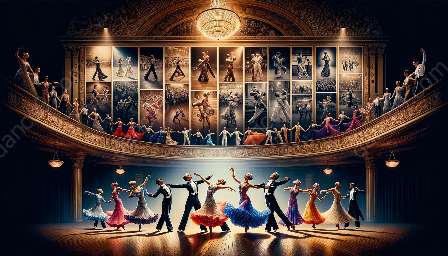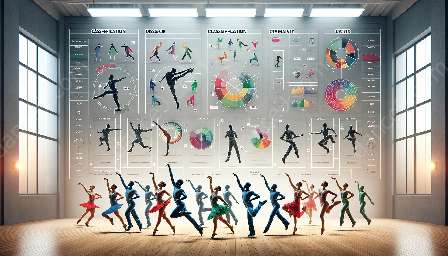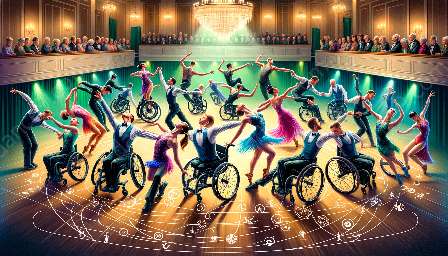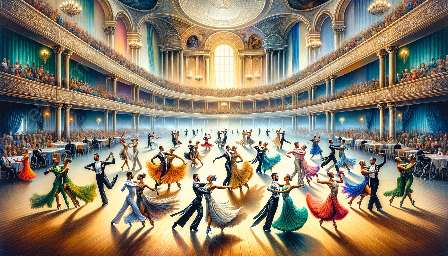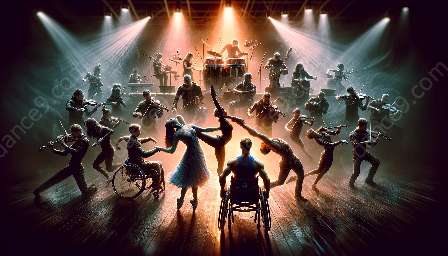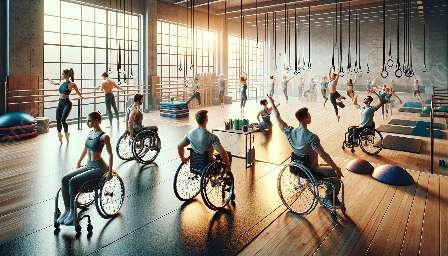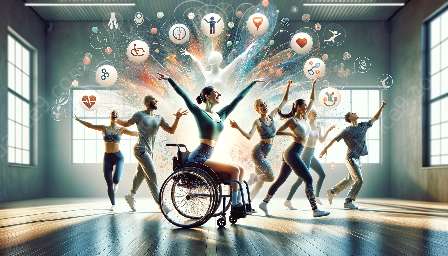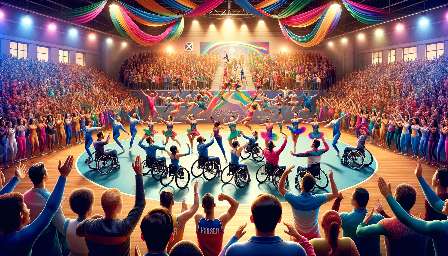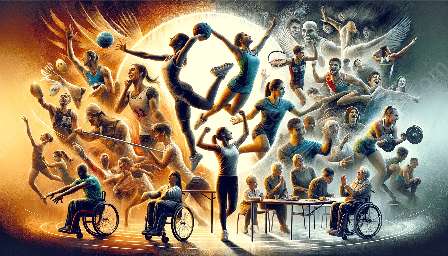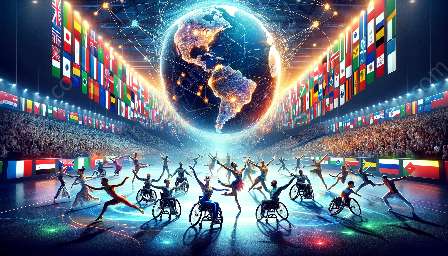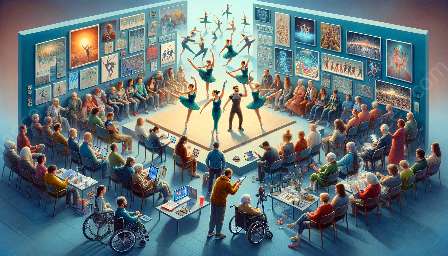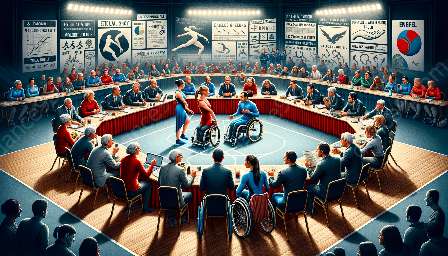Para dance sport is a highly inclusive and popular form of dance that is gaining traction in universities worldwide. Supporting para dance sport at universities is incredibly important for promoting inclusivity, diversity, and physical activity among students, and ultimately, for creating a more inclusive society.
Importance of Supporting Para Dance Sport at Universities
Universities play a crucial role in shaping the attitudes and behaviors of future generations. By supporting para dance sport at universities, it sends a powerful message about the importance of inclusivity and equal opportunities for all individuals, regardless of their physical abilities. This helps to break down stereotypes and stigma surrounding disability, encouraging a more inclusive and understanding society.
Furthermore, delivering para dance sport programs at universities provides students with the opportunity to engage in physical activity and develop essential life skills such as teamwork, coordination, and discipline. By participating in para dance sport, students also learn valuable lessons about perseverance and determination, which are transferable to various aspects of their lives.
Para Dance Sport Styles
Para dance sport encompasses a wide variety of styles, each with its own unique characteristics. The main styles include:
- Wheelchair Dance Sport: This style is performed by individuals with a permanent loss of lower limb(s) or significant walking impairment. It involves a combination of intricate wheeling patterns and partner dancing choreography.
- Combi Dance Sport: Combi dance sport is performed by a male and female couple where one of the dancers has an impairment affecting their legs. The non-disabled partner provides support while showcasing dynamic and expressive dance routines.
- Single Dance Sport: This style is performed solo by a female or male dancer with an impairment affecting their legs. It emphasizes technical precision, artistry, and athleticism in a solo performance.
- Freestyle Dance Sport: Freestyle dance sport is a creative and expressive style performed by athletes with a range of impairments, including sensory, physical, and intellectual disabilities. It allows for individual interpretation and showcases the dancers' artistic abilities.
Each style requires specific training, technique, and choreography, making para dance sport an incredibly diverse and challenging discipline.
World Para Dance Sport Championships
The World Para Dance Sport Championships are the pinnacle of competitive para dance sport, bringing together athletes from around the globe to showcase their skills and represent their countries. These championships serve as a platform to celebrate the talent, determination, and dedication of para dancers, while also fostering a sense of camaraderie and sportsmanship among participants.
By supporting para dance sport at universities, students have the opportunity to engage with the sport on a global level and potentially aspire to compete in prestigious events such as the World Para Dance Sport Championships. This can serve as a powerful motivator for students to excel in their training, while also broadening their cultural and international perspectives.
In conclusion, supporting para dance sport at universities not only promotes inclusivity and diversity but also provides students with valuable life skills and the opportunity to engage in a challenging and rewarding sport. With the diverse range of para dance sport styles and the significance of the World Para Dance Sport Championships, universities have a unique opportunity to champion this empowering and impactful sport within their communities.

